Revival of Lake Sevan Ecosystem Assisted by Innovative Underwater Technology

Project Details & Results
Lake Sevan is the largest body of water in Armenia and the South Caucasus. The Lake is home to 6 species of fish, all of which are endangered, while there are more than 250 species of vertebrates (48 are protected), about 150 species of invertebrates and about 1600 plants in the basin of the lake.
There are many abandoned fishing nets and traps at the bottom of Lake Sevan. Although these nets and traps are not in use, they continue to trap and kill fish, crawfish, etc. The decaying remnants of flora and fauna consume oxygen during decomposition, creating anaerobic conditions at the bottom of the lake. This is detrimental for endemic species, such as Sevan trout that spawn only in areas with oxygen-rich water at the depth of 25–30 m.
The project aims to clean the bottom of Lake Sevan of abandoned traps, fishing nets and other litter, and recycle the retrieved nylon fishing nets into marketable products through employing technical equipment to systematically scan the lakebed, which will increase the capacity and efficiency of the cleaning efforts. A boat-towed scanning sonar and underwater remotely operating vehicle (ROV) and drones will be operated to locate the abandoned nets, traps and other litter. Volunteer qualified scuba divers will then undertake dives in those areas to retrieve the litter. The mapping and cleaning activities, as well as design, production and marketing of recycled products, will be implemented with the active help and participation of the local community. Local youth will be also involved in robotics, aiming to build, program and operate the surface sonar and underwater drones. The project plans recycling the retrieved nylon fishing nets and engaging and educating the local community, mostly women to produce and market artisan artwork and souvenirs to be sold to visitors and tourists.
Project Results
The project will produce the following results:
• Scanning the lake bed and creating maps of areas with large garbage concentration: 50 km2/year area is scanned (total 100 km2) and 10 locations with at least 100 kg garbage concentration identified.
• Cleaning the lake bed: 2,500 kg/year of litter (total 5000 kg), including abandoned traps and fishing nets, is collected.
• Training youth to construct, program and operate surface and underwater drones: about 30 children are trained at Armath (Sevan) lab to construct and operate 2 boats with autonomous navigation and 2 underwater drones.
• Training local communities to produce upcycled products: Six teams of 12 community members (about 70 adults) are trained by MADE artisans. At least 25% of recovered material is recycled and marketable items are produced.
Lake Sevan is the largest body of water in Armenia and the South Caucasus. The Lake is home to 6 species of fish, all of which are endangered, while there are more than 250 species of vertebrates (48 are protected), about 150 species of invertebrates and about 1600 plants in the basin of the lake.
There are many abandoned fishing nets and traps at the bottom of Lake Sevan. Although these nets and traps are not in use, they continue to trap and kill fish, crawfish, etc. The decaying remnants of flora and fauna consume oxygen during decomposition, creating anaerobic conditions at the bottom of the lake. This is detrimental for endemic species, such as Sevan trout that spawn only in areas with oxygen-rich water at the depth of 25–30 m.
The project aims to clean the bottom of Lake Sevan of abandoned traps, fishing nets and other litter, and recycle the retrieved nylon fishing nets into marketable products through employing technical equipment to systematically scan the lakebed, which will increase the capacity and efficiency of the cleaning efforts. A boat-towed scanning sonar and underwater remotely operating vehicle (ROV) and drones will be operated to locate the abandoned nets, traps and other litter. Volunteer qualified scuba divers will then undertake dives in those areas to retrieve the litter. The mapping and cleaning activities, as well as design, production and marketing of recycled products, will be implemented with the active help and participation of the local community. Local youth will be also involved in robotics, aiming to build, program and operate the surface sonar and underwater drones. The project plans recycling the retrieved nylon fishing nets and engaging and educating the local community, mostly women to produce and market artisan artwork and souvenirs to be sold to visitors and tourists.
Project Results
The project will produce the following results:
- Scanning the lake bed and creating maps of areas with large garbage concentration: 50 km2/year area is scanned (total 100 km2) and 10 locations with at least 100 kg garbage concentration identified.
- Cleaning the lake bed: 2,500 kg/year of litter (total 5000 kg), including abandoned traps and fishing nets, is collected.
- Training youth to construct, program and operate surface and underwater drones: about 30 children are trained at Armath (Sevan) lab to construct and operate 2 boats with autonomous navigation and 2 underwater drones.
- Training local communities to produce upcycled products: Six teams of 12 community members (about 70 adults) are trained by MADE artisans. At least 25% of recovered material is recycled and marketable items are produced.
.png&w=3840&q=75)
Subscribe for our news
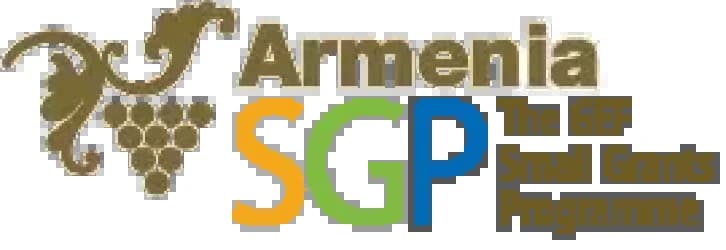


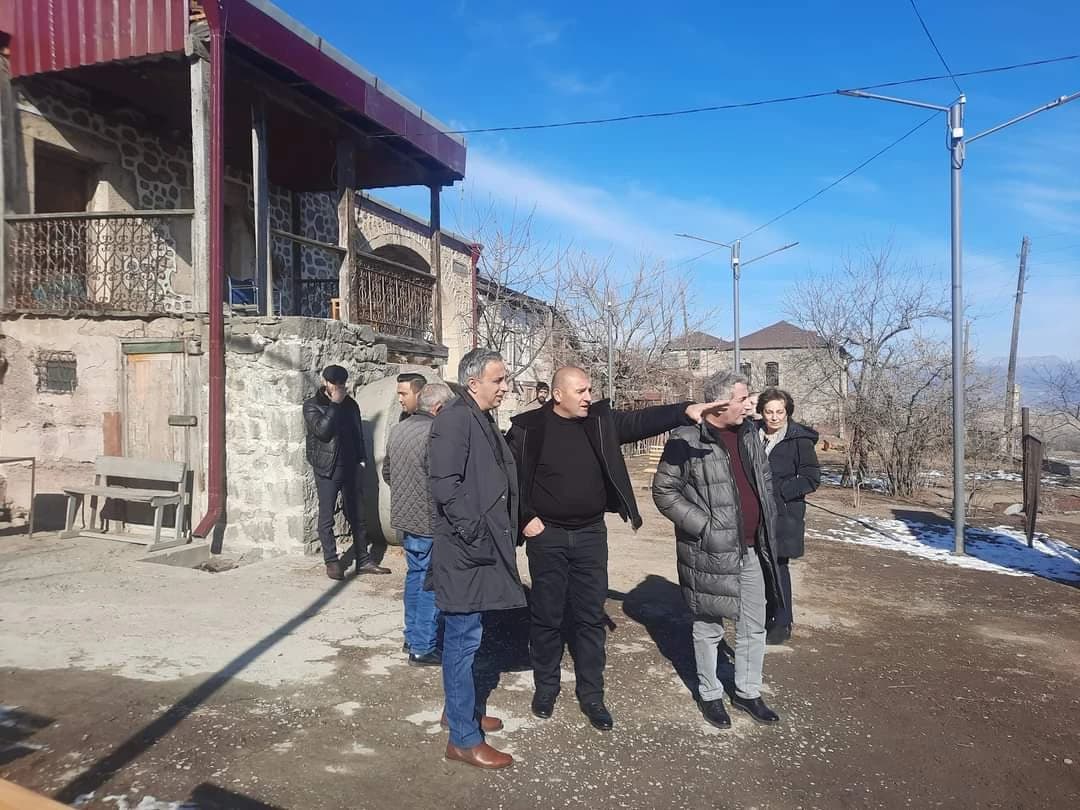
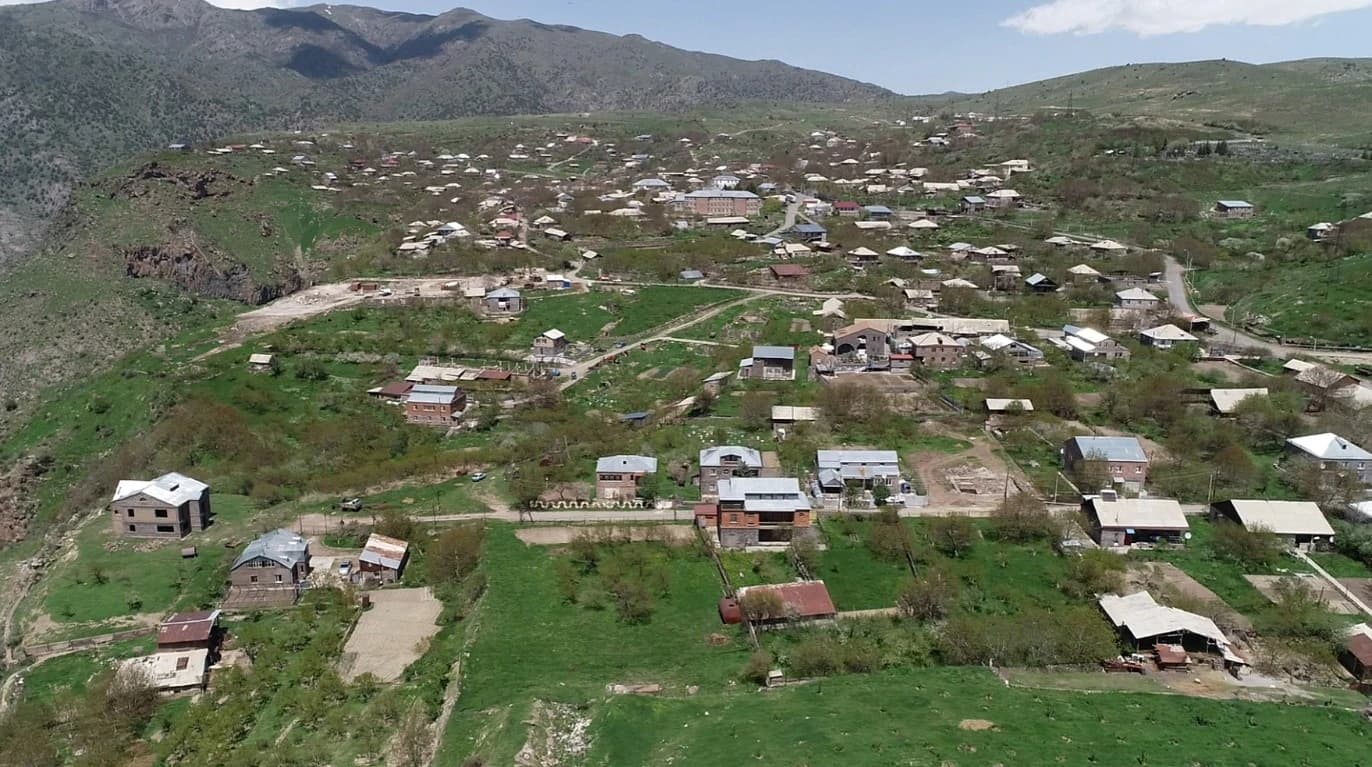
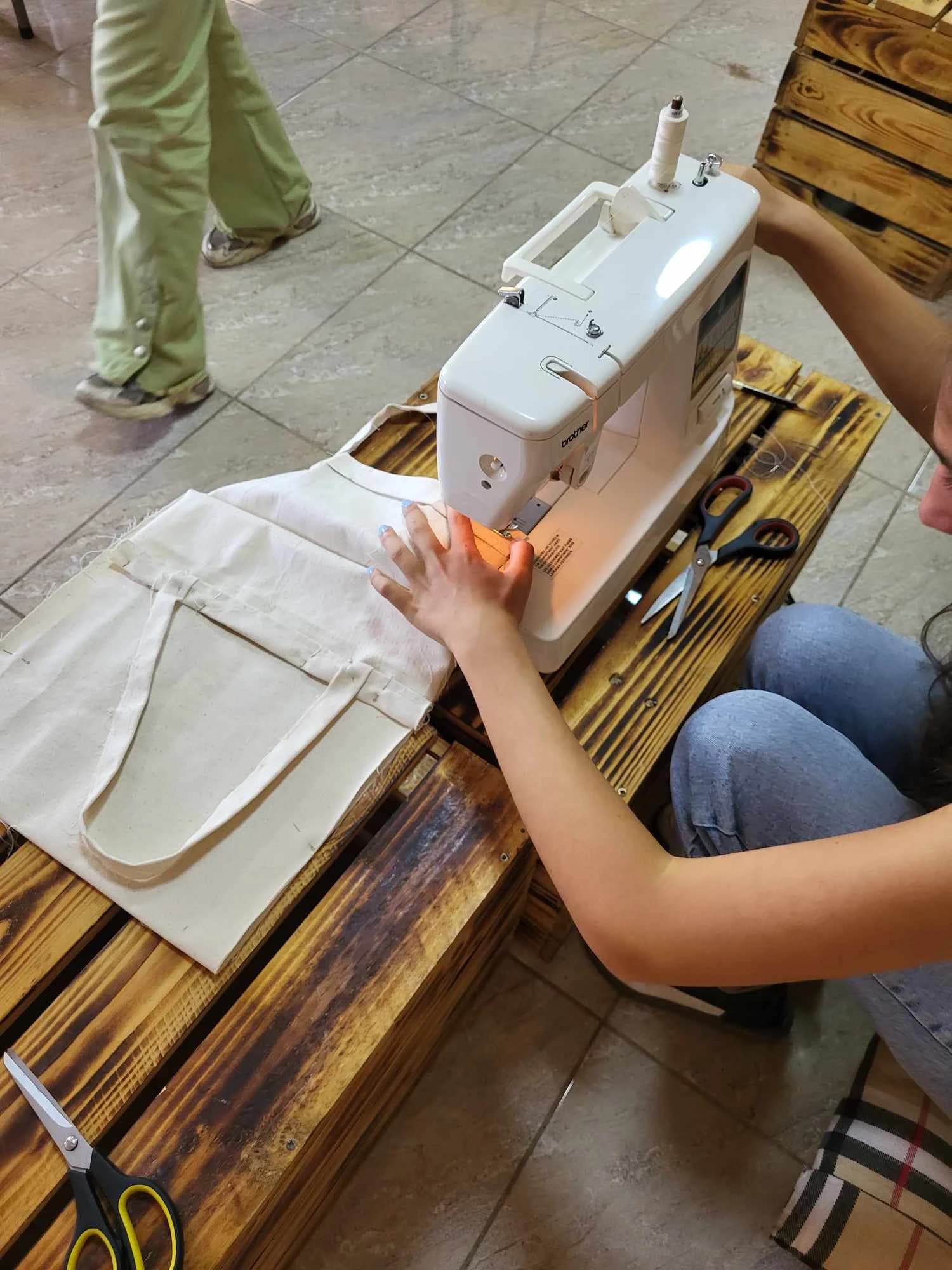
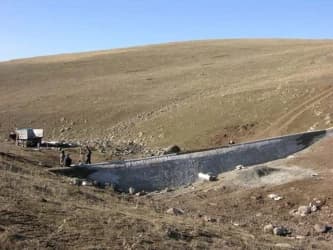
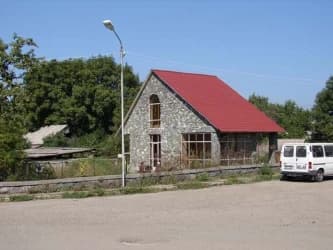
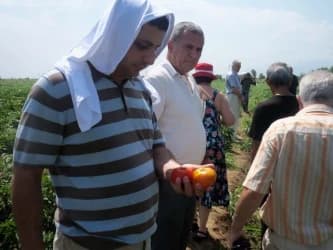
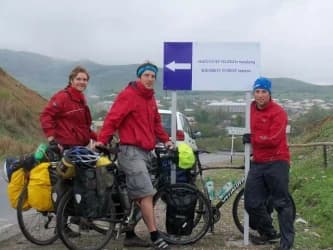
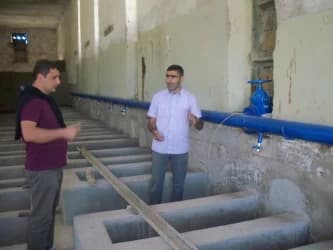
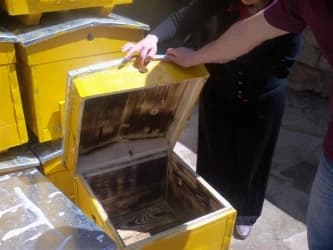
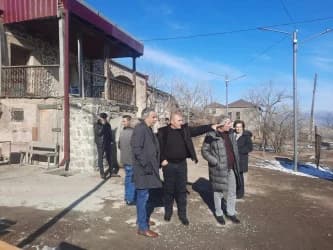
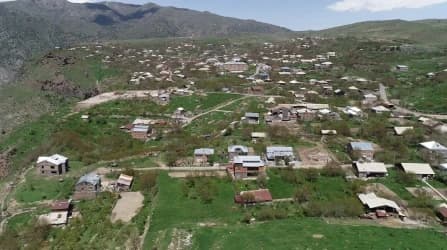
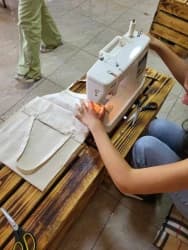
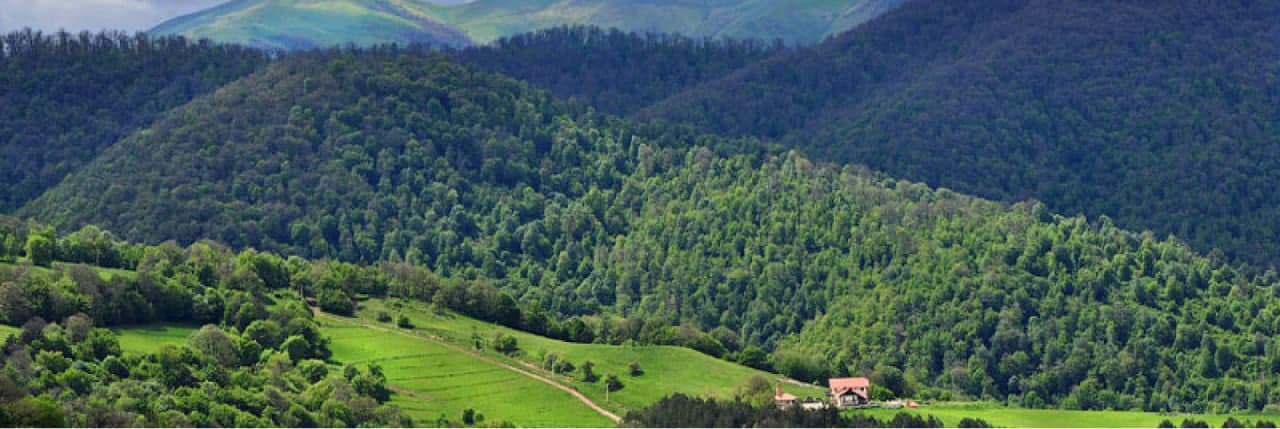
.png&w=3840&q=75)
